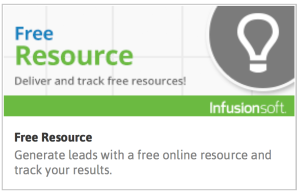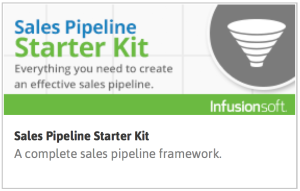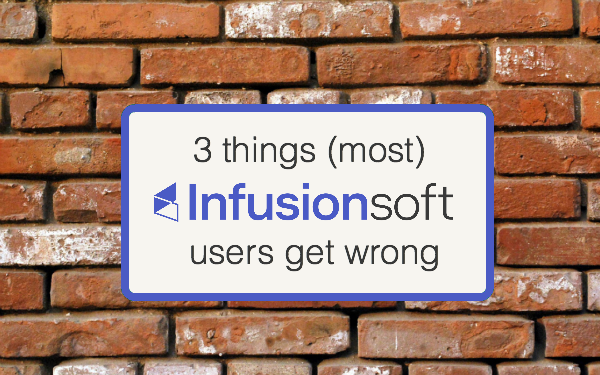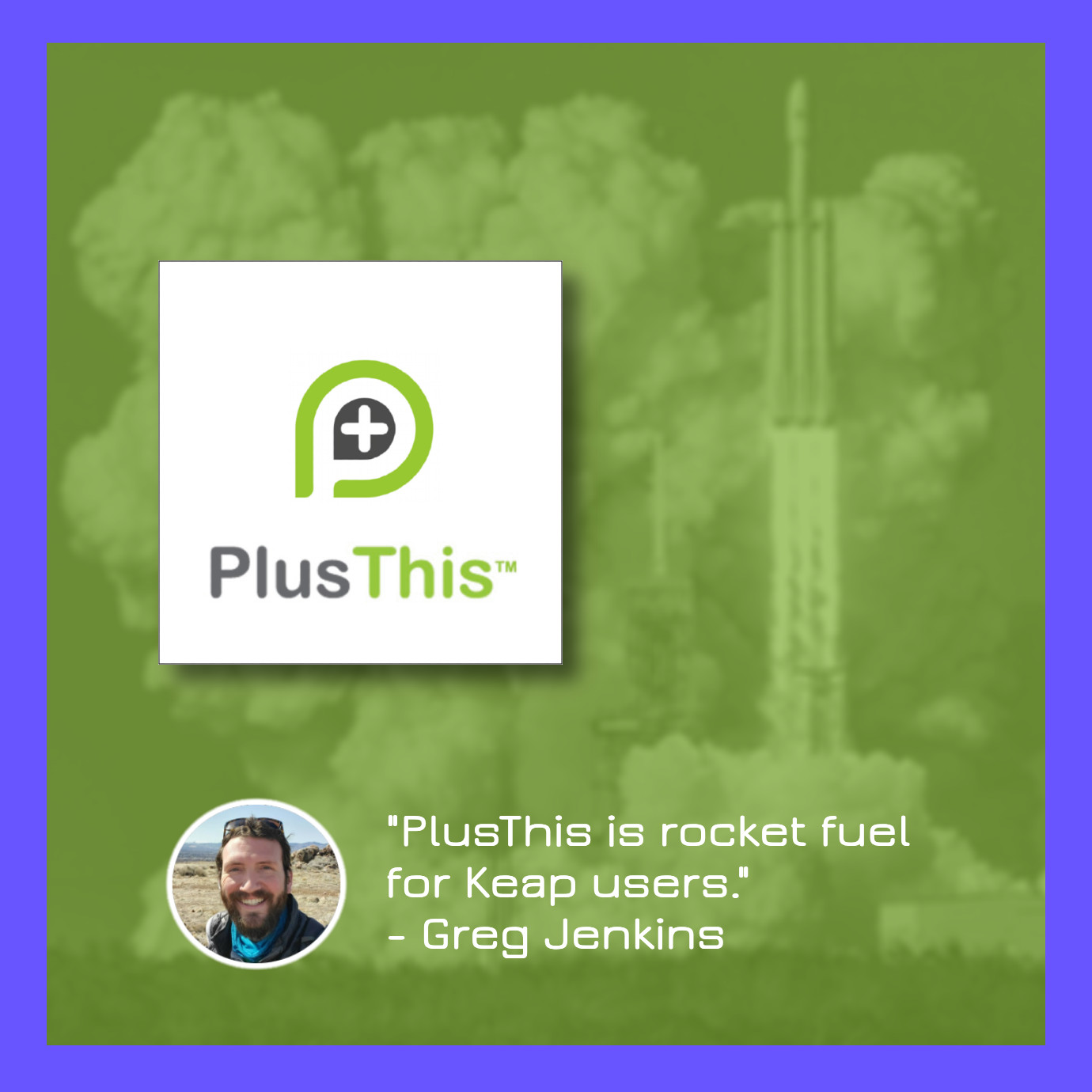Editors Note:
Hey all, my good friend Paul Sokol or PLS consulting is back with another post this week, and predictably, it’s a good one.
When I was first hired at Infusionsoft I remember being impressed by Paul’s knowledge and professionalism as he helped small business owners get started with the software, then I remember being even more impressed as I learned that he’d only been hired a few months before me. As I did then, I continue to learn from him every chance I get.
3 Things (Most) Infusionsoft Users Get Wrong
Ahoy hoy everyone! Its your favorite mad scientist guest back with another post 🙂
Greg and I were chatting on the interwebs and he tossed out the idea for a post on the 3 things most Infusionsoft users get wrong. Now, wrong is a strong judgement because REALLY, even if you commit the automation sins below, its not so bad. Rather these are simple adjustments we can make to get better results.
Thing the First: Brick Wall Thank You Pages
Submitting a web form is exhilarating. Think about it, you are interacting with someone or some company digitally. After you hit “Submit” it gets exciting…
…what’s on the other side?
And then BOOM!
A static page with nowhere to go.
This is one of the leakiest, yet simple to fix, things I see. The thank you page someone sees upon submitting should further guide the relationship. Here are a couple things you can do:
* Drive people to your Facebook page
* Give them a ‘click to tweet’ link (Use this tool)
* Drive them to a sales page or order form
* Drive them back to your blog
The whole idea is you don’t want to waste the momentum achieved from a form submission. Guide them to the next logical place.
Strategically, you could drive them to their inbox too if they were opting in for some lead magnet. This is a great example of  guiding the person. This one trick alone can boost lead magnet redemption rates.
guiding the person. This one trick alone can boost lead magnet redemption rates.
For an example of this tactic in action, check out the “Free Resource” campaign in the Marketplace.
Thing the Second: Misusing Opportunities
I probably sound like a broken record to all my friends, but seriously, Opportunities in Infusionsoft are one of the most powerful tools in the whole program. The reason why most people don’t use it more is because the configuration and workflow isn’t the most intuitive. And so, Opportunities are misused all over the place 🙁
Here is the general idea. An Opportunity is merely a manual accountability tool that hooks into a User’s calendar. Opportunities exist to track a process. An end-user simply has to indicate what they did, what they plan to do, and by when. The User’s calendar will have an event based on that “by when”. Everything else is designed to support those functions.
Once someone understands this general workflow, they can begin to use Opportunities to manage a pipeline. If it is a sales  pipeline, there is an extra layer of functionality that makes selling a breeze.
pipeline, there is an extra layer of functionality that makes selling a breeze.
Usually, people are using Opportunities to track a sales process. To make this as easy as possible, Infusionsoft created the “Sales Pipeline Starter Kit”. This provides you with the basic process stages, training on how to setup your dashboard and how to work an opportunity.
Thing the Third: Misusing Tags
Back in the dark days, before Campaign Builder, there was this thing called “legacy”. Its functionality was still very powerful, but not as easy to setup. As a result, the community adopted the habit of using Tags for tracking basically anything.
However, there is a downside to this tactic: it can legitimately slow down your app’s performance. Too many tags on too many people simply takes longer for the database to query.
A great example of this is link click tracking. In legacy, the notion of a Link Click goal didn’t exist, so you had to tag any links  you wanted to track. This habit is often brought over into the Campaign Builder.
you wanted to track. This habit is often brought over into the Campaign Builder.
Realize that you can use Link Click goals to track activity and then use Campaign Goal reporting to see the behaviors. Yes, you could do the same thing by tagging a link and then just searching for people with that tag, but its not necessary.
I also realize that there are certain circumstances that require applying a tag to control a campaign. These functional tags should be removed once they have done their job. Again, this is to keep the database fast and lean. The good news is we don’t lose any reporting 🙂






Great post. I like to drive them to the Facebook page so we can connect with them on another channel. Also, Facebook is more personal so you can speed up the process of them getting to know your company faster 🙂
Yeah, Paul is the man!
Thanks Justin! You’re right, the sooner you can get the conversation on Facebook, the better 🙂
Paul, With the Link Click Goals instead of using tags. The way you have described it is that at the present time when you place a link in an email, you have an option to add many actions to that link. I use those actions most times to add a tag to carry out an action such as “increase engagement score”. Are you saying that if I have (say) 4 add tags as my actions per link, then I would have 4 link Clicks goals showing in the campaign? And if I had 6 actions linked to the click then I would have 6 Link Click goals?
Not necessarily Michel. In some cases yes, but you might be able to get away with a single-step-sequence that has a Tag apply step adding the 4 tags.
That is the primary different between automation done as Actions and automation in the Campaign Builder: bottom-up vs. top-down. Actions are done on individual ground level triggers (like a link click) and roll up to control follow-up sequences and such. In Campaign Builder, the high level events (web form, link click) are what cause the sequences to start/stop.
It is precisely because of this paradigm shift in automation that, I believe, we see the tag misuse so often.
More good stuff, Paul. One thing I’d add to the list but would like your perspective on is adding SPF record to DNS to improve email deliverability. Does doing so materially improve INFS performance?
Having an SPF record is always recommended no matter who you are using as your email service provider. Neglecting to setup SPF can put your business reputation at risk since anybody can send emails “as” your domain.
THIS! 1000%
YES! 1001%
Paul, what a great article! I have seen so many “brick wall” thank you pages. It is so true that these pages can be leveraged so much more than they are. Thank them, yes, but like going from room to room in a house it is always nice to have more than one way out of a room. Don’t make closets out of your thank you pages. Thanks again for all your tips!
Thanks Joe! And your house analogy is spot on. Your online web presence should be akin to your digital “house” where each room offers some kind of function or value 🙂
You know who, IMHO, totally CRUSHES IT when it comes to Thank You page strategy? LeadPages. Nearly every opt-in on their site points to a live webinar opt-in thank you page. Pay close attention to the words they use, and you’ll see that it works for any lead magnet they offer 😉